Cumbia and Vallenato: Description
Cumbia is a music genre and dance from Colombia and one of the country’s most representative expressions. It is of African descent, blended with indigenous backgrounds and European elements.
It dates back to Spanish colonialism and slavery in the late 17th century, when African slaves tried to retain their cultural identity by celebrating “areítos” (circle dancing with candles) and “coreos” (singing repetitive memory elegies).
The term “Cumbia” is possibly derived from “Cumbé” (also Kumba, Kumbe or Koumbi), a Bantu word from Spanish Guinea (meaning to “roar”, “shake”, or “shout)”, indicating its dynamic and percussive character.
In the course of time the Cumbé spread from the Atlantic coast centers to the interior, intermingling with other influences (indigenous flute music, Spanish lyrics,coplas, or costumes), forming the present “Cumbia”. After first ensembles had been founded in 1880, cumbia became popular all over Latin America and with emerging record firms (Disco Fuentes) even known worldwide.
The traditional cumbia band included gaitas (“flauta de millo”), hand drum (“tamboril”), reed maracas and guiro; later accordeon and deep drums were added. It is played in 4/4 time and middle tempo (80–110 beats pm), emphazising strongly the first and third beat on timpani, conga and guiro:
Today’s cumbia is also played by big orchestras (using e-guitar, piano, e-bass, clarinet, brass) and combined with other genres. Since the 1980s there is growing interest in revitalizing the ballroom Cumbia of the ’50s, which is still widely enjoyed.
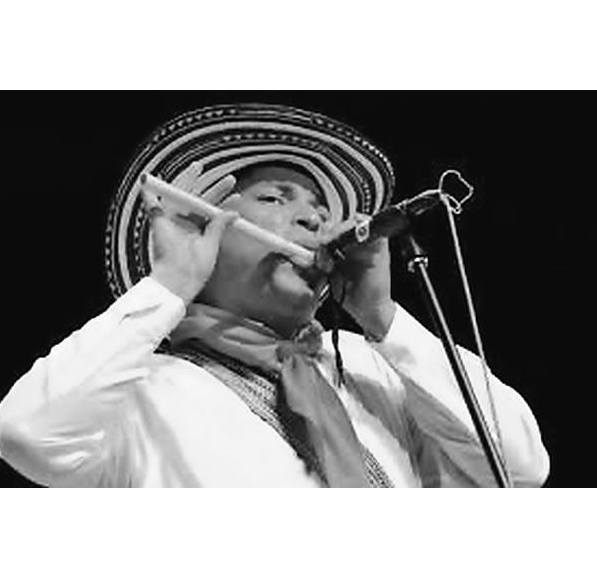

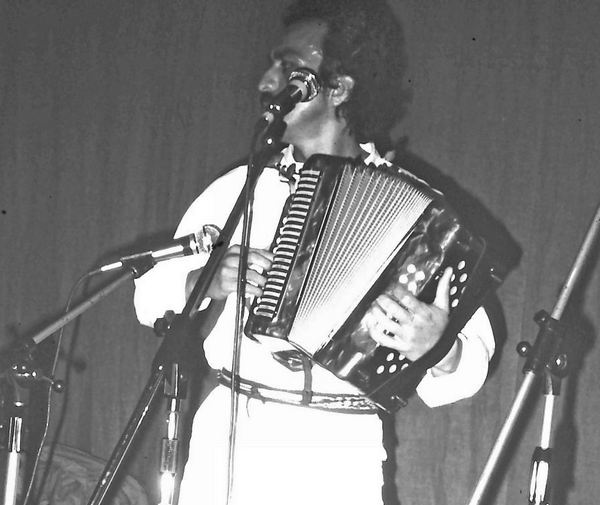
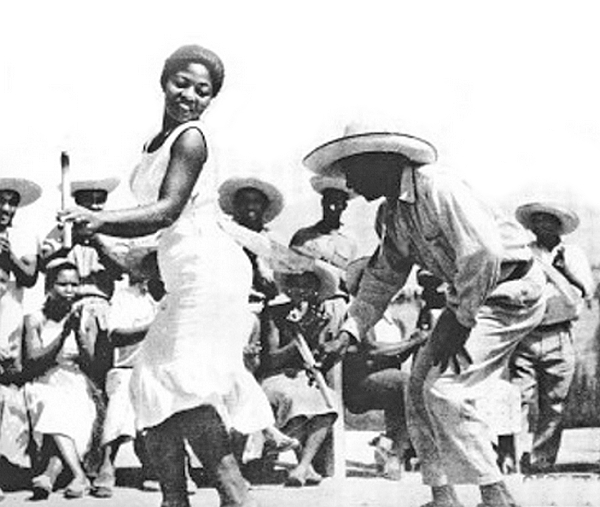
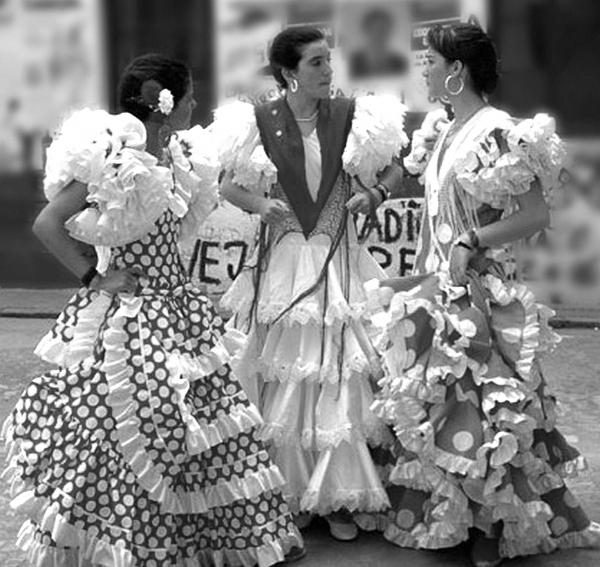
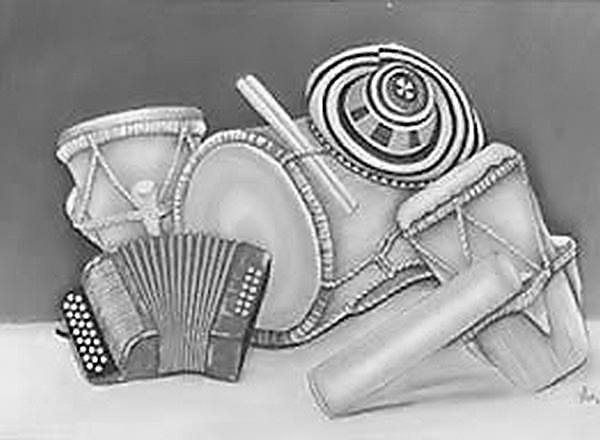
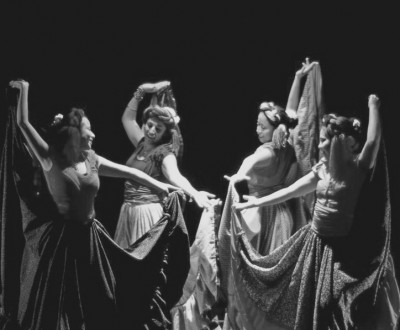
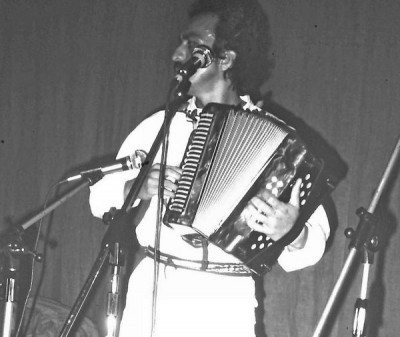
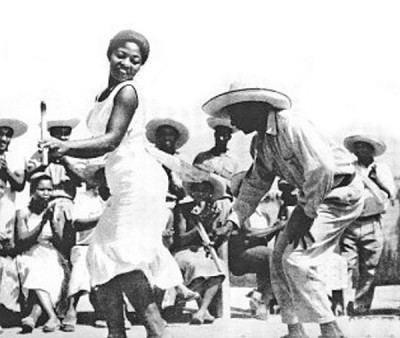
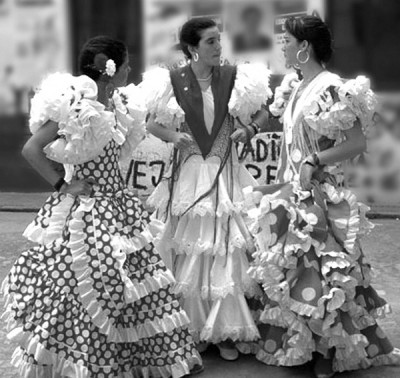
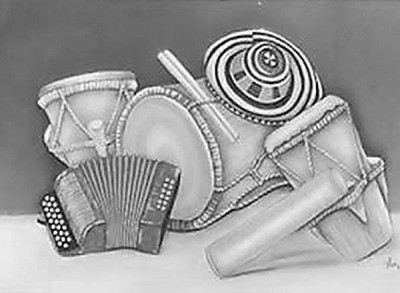

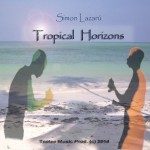







Reviews
There are no reviews yet.